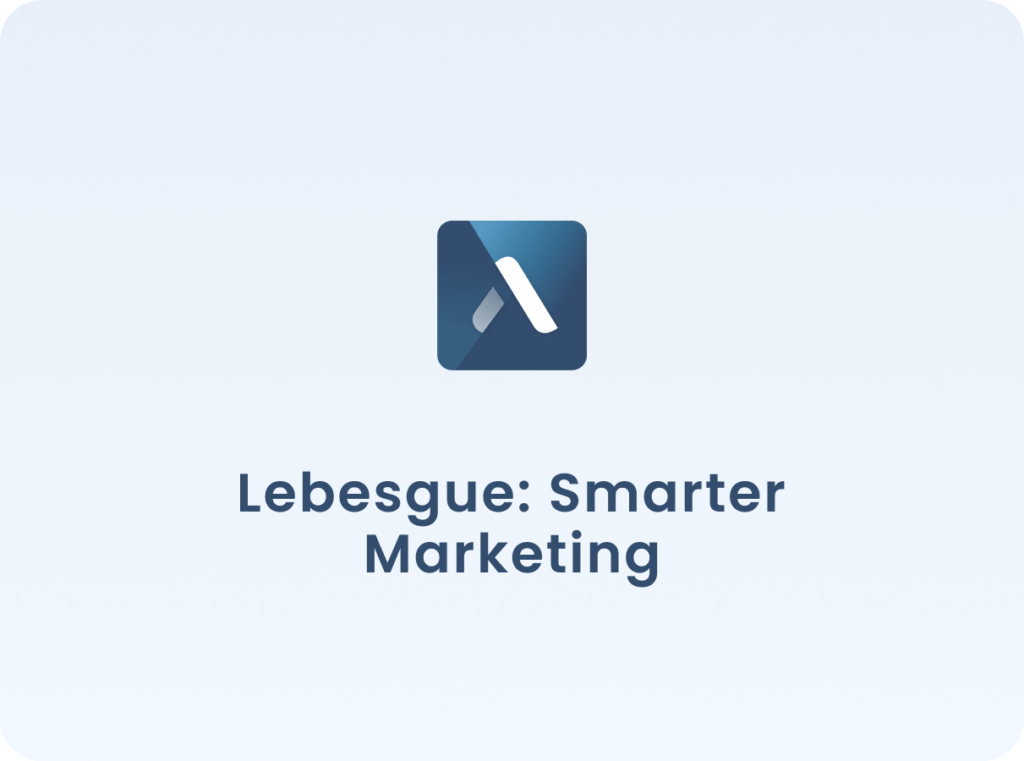The formula for calculating ROI is to divide the profit returned by the total amount spent on the campaign, then multiply the result by 100 to get the percentage.
To measure your ROI effectively, it is essential to have a clear understanding of your ad campaign’s objectives, target audience, and budget. Additionally, it is important to track your metrics regularly and compare them with your campaign’s goals. This will help you identify areas for improvement and optimize your campaigns for better results.
Also, to measure the return on investment (ROI) of your TikTok ads, you can track the following metrics:
- Ad performance: This includes metrics such as click-through rate (CTR), cost per click (CPC), and cost per acquisition (CPA). These metrics will help you determine how well your ads are performing in terms of driving conversions.
- Audience engagement: This includes metrics such as views, likes, comments, shares, and followers. These metrics will help you determine how well your ads are resonating with your target audience.
- Revenue: This includes metrics such as total sales and revenue generated from your ads. This will help you determine the financial return on your ad spend.
- Attribution: You can use attribution models such as last-click, first-click, or even-click to measure the ROI of your ads. This will give you an idea of how many conversions can be attributed to your ads.
- Custom conversions: It’s important to set up custom conversions on your website, this way you can track the specific actions that you want your users to take.
